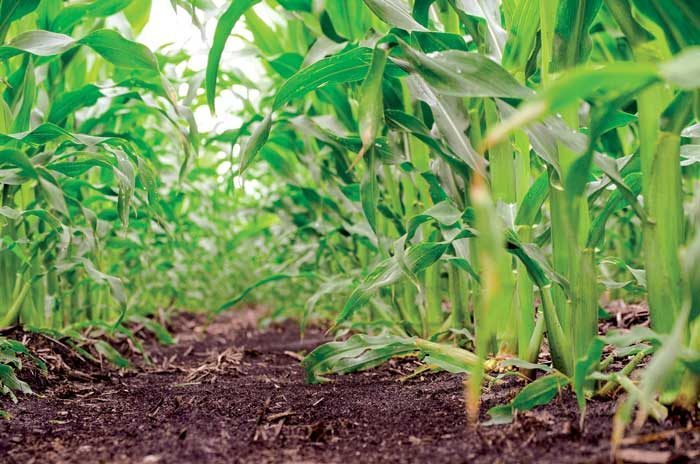No-Till Farmer
Get full access NOW to the most comprehensive, powerful and easy-to-use online resource for no-tillage practices. Just one good idea will pay for your subscription hundreds of times over.

Strip-Till Farmer’s 10th annual benchmark study of strip-till practices conducted in early 2023 shows that strip-tillers continue to have the upper hand over their no-till counterparts when it comes to corn and soybean yields
Most of this year’s survey respondents farm in the U.S. About 62% operate in the Corn Belt, followed by 21% in the Plains/West. They farm an average of 1,751 total acres.
About 50% have been strip-tilling for 10 years or less, including about 15% who said 2022 was their first year strip-tilling. Total respondents strip-tilled an average of 933 acres of corn and 586 acres of soybeans — the highest total for soybeans and the second highest for corn (trailing only last year’s 1,083 acres) in the 10-year history of the survey.
Cover crops continue to be a popular conservation practice for strip-tillers. Almost 61% of respondents seeded cover crops in their strip-tilled fields in 2022, up nearly 8 percentage points from the inaugural survey conducted in 2014. Nearly 48% said they seeded multi-species cover crop mixes on an average of 529 acres. Cereal rye is the most popular species (65.8%), followed by radishes (32.5%), oats (30.7%), winter wheat (24.6%) and ryegrass (20.2%).
Click here to watch Purdue University cropping systems and tillage specialist Tony Vyn break down the Strip-Till Benchmark Study numbers with technology editor Noah Newman.
The average soybean yield reported in 2022 by survey respondents was 61 bushels per acre on strip-till acres, the same as…